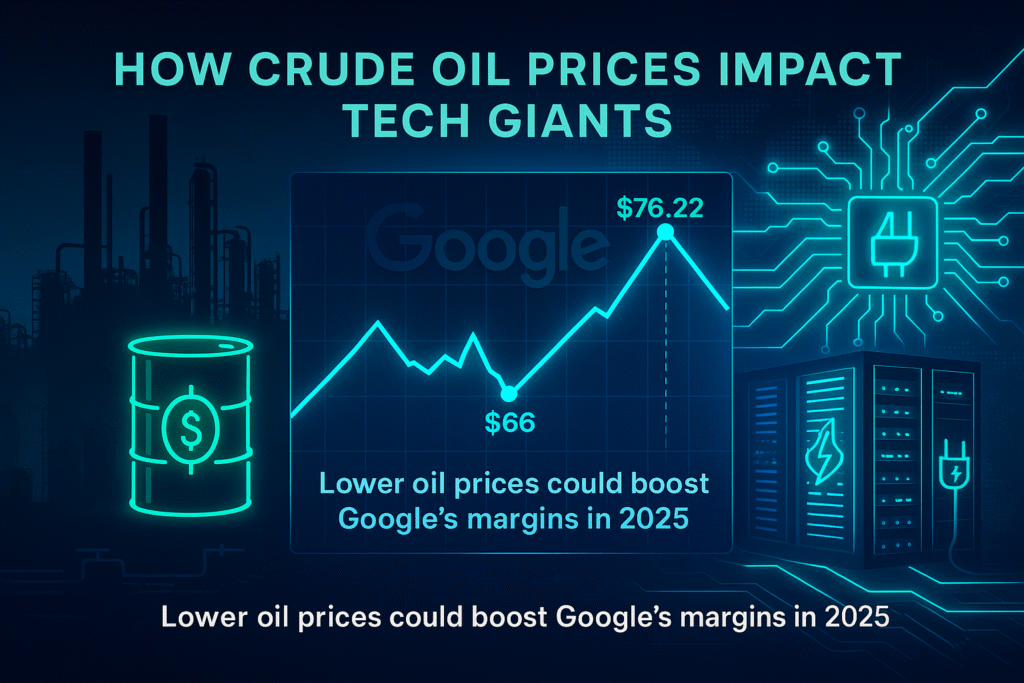Introduction: Crude Oil Prices Keep Us Guessing
The crude oil price is a global economic pulse, surging with geopolitical shocks and dipping with supply gluts. In 2025, Brent crude hit $76.22 per barrel after Israel’s airstrikes on Iran sparked supply fears, yet forecasts point to a drop by year-end. As someone who’s followed energy markets, I’ve seen these swings impact everything from fuel costs to global trade. Let’s explore what’s driving crude oil prices in 2025 and what it means for you.

The Big Picture: What’s Moving Crude Oil Prices?
Crude oil prices are shaped by a complex interplay of supply, demand, and global events. In 2025, key drivers include:
- Geopolitical Tensions: Israel’s strikes on Iran’s nuclear facilities raised fears of supply disruptions through the Strait of Hormuz, a conduit for 20% of global oil.
- OPEC+ Production: OPEC+ added 411,000 barrels per day (bpd) in June, with more increases planned, but overproduction by members like Kazakhstan risks flooding the market.
- Demand Slowdowns: Global oil demand growth is projected at 740,000 bpd in 2025, down from 990,000 bpd in Q1, driven by economic slowdowns and record EV sales in China.
- Supply Growth: Non-OPEC+ producers, like the US and Brazil, are boosting output by 1.3 million bpd, potentially increasing global inventories by 720,000 bpd in 2025.
These factors create a market where short-term spikes clash with a bearish long-term outlook.
Recent Updates: Crude Oil Price Trends in 2025
On June 13, 2025, WTI crude reached $71.83 per barrel, up 5.58% daily, while Brent hit $76.22. Forecasts tell a different story:
- International Energy Agency (IEA): Predicts Brent at $66 per barrel in 2025, falling to $59 in 2026 due to rising inventories.
- J.P. Morgan Research: Expects Brent at $66 in 2025 and $58 in 2026, citing weak demand and OPEC+ output hikes.
- US Energy Information Administration (EIA): Forecasts Brent at $61 by late 2025 and $59 in 2026, driven by oversupply and reduced US drilling.
With non-OPEC+ supply growing and OPEC+ easing cuts, prices may dip below $60 by 2026.
A Personal Perspective: Reading the Market’s Signals
I recall 2020’s surreal moment when oil prices went negative, a stark reminder of supply-demand mismatches. Today’s market feels just as unpredictable. The Israel-Iran tensions briefly spiked prices, but the oversupply trend looms large. As an occasional futures trader, I’ve learned to watch real-time data like OPEC+ announcements or US rig counts closely—a single event can shift the market overnight.

Comparison: Brent vs. WTI in 2025
| Benchmark | Price (June 13, 2025) | 2025 Forecast (Avg) | 2026 Forecast (Avg) | Key Drivers |
|---|---|---|---|---|
| Brent Crude | $76.22/bbl | $66/bbl (J.P. Morgan) | $58/bbl (J.P. Morgan) | Geopolitics, OPEC+ cuts |
| WTI Crude | $71.83/bbl | $60-$65/bbl (EIA) | $50-$55/bbl (LongForecast) | US production, inventories |
Brent’s global exposure makes it more volatile, especially with Middle East risks, while WTI reflects US shale trends. The price gap widened in June but may narrow as supply grows.
Key Insights: What to Watch in the Crude Oil Market
Stay ahead by tracking these trends:
- Geopolitical Risks: Middle East tensions, especially involving Iran or Russia, could disrupt supply.
- OPEC+ Moves: Overproduction could undermine price stabilization efforts. Watch the July 2025 meeting.
- US Shale: Falling prices may reduce US rig counts, slowing output growth.
- EV Impact: Rising EV adoption, especially in China, is curbing oil demand growth.
For more on market strategies, explore PetroSync’s training.
A Glimpse at Google Stock: The Energy-Tech Link
Crude oil prices even touch tech giants like Google (Alphabet Inc.), up 18% in 2025 due to AI and cloud growth. Lower oil prices could cut Google’s data center energy costs, boosting margins, while geopolitical spikes might strain budgets. Investors should note this energy-tech interplay.
Conclusion: Mastering the Crude Oil Price Puzzle
The crude oil price in 2025 swings between geopolitical shocks and oversupply pressures. For investors and consumers, staying informed is crucial—watch OPEC+, US production, and EV trends. Share your predictions in the comments or check out our energy market insights for more. Where do you see oil prices heading?


